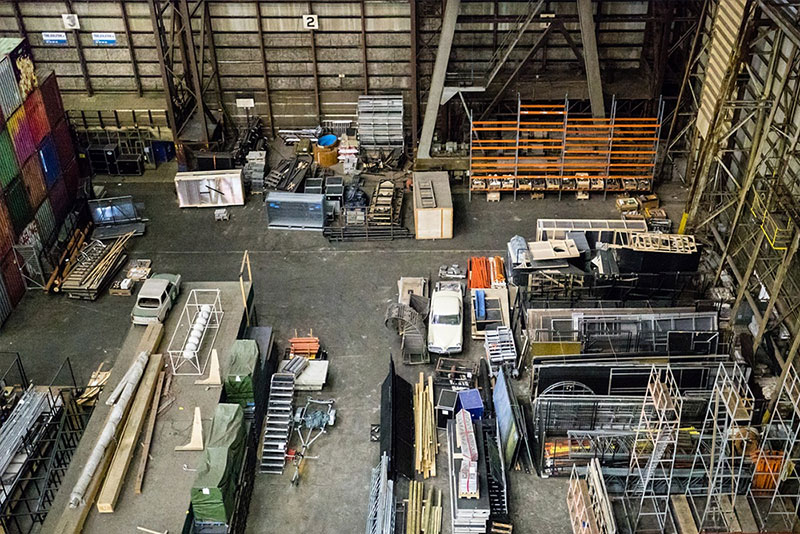Ensuring the quality and condition of goods stored in a US overseas warehouse is crucial for maintaining customer satisfaction and operational efficiency. Conducting regular inspections is a proactive way to identify issues early on and mitigate potential risks. Here’s a comprehensive guide on how to conduct regular inspections of goods in a US overseas warehouse:
1. Establish a Detailed Inspection Checklist: Develop a checklist that outlines all critical aspects to inspect, such as product quality, quantity, packaging integrity, and compliance with regulatory standards.

2. Schedule Inspections at Regular Intervals: Set up a consistent schedule for inspections based on factors like storage duration, product turnover rate, and seasonal demand fluctuations.
3. Use Qualified Inspectors: Assign trained personnel or hire third-party inspectors who are familiar with industry standards and product specifications.
4. Conduct Visual and Physical Examinations: Perform visual checks for damages, expiration dates, and signs of tampering. For high-value or sensitive items, conduct physical examinations and tests as needed.
5. Document Inspection Findings: Keep detailed records of each inspection session, documenting observations, findings, and any corrective actions taken.

6. Implement Quality Control Measures: Integrate quality control measures into the inspection process to ensure consistency and reliability of the goods stored in the warehouse.
7. Address Non-Conformities Promptly: If any discrepancies or non-conformities are identified during inspections, take immediate corrective actions to rectify the issues and prevent recurrence.
8. Communicate with Stakeholders: Keep stakeholders informed about inspection results, highlighting improvements made and areas for further attention.
By following these steps, businesses can uphold high standards of product quality and compliance while enhancing overall warehouse management practices.